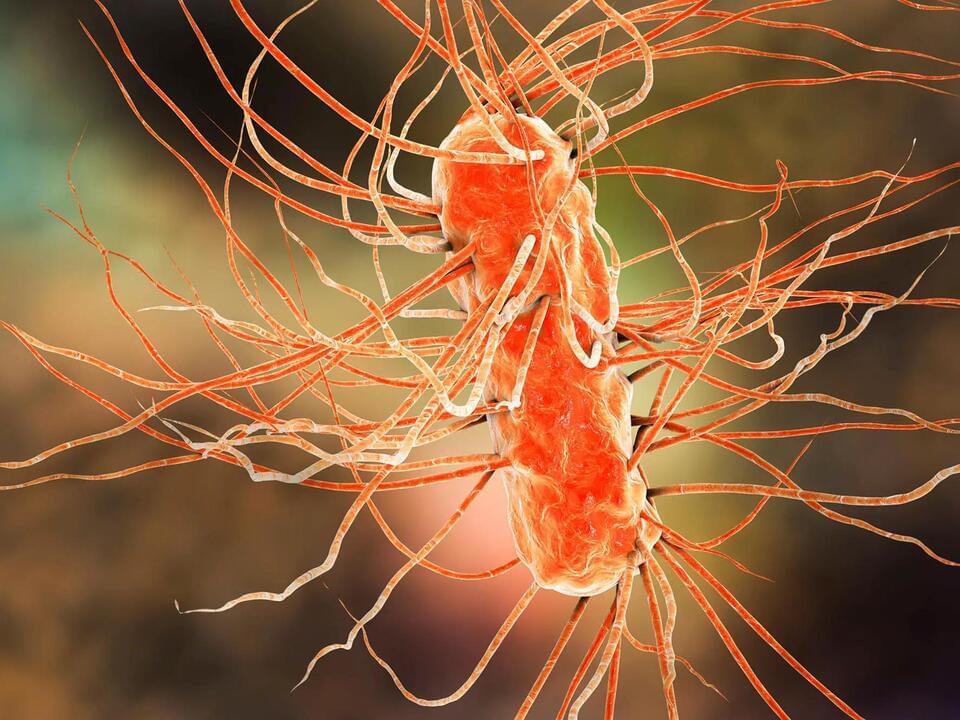Brain transplant is not a reality for humans or for any living organism. But there are human research experiments in which transplanted brain cells are used to help treat several diseases that affect the brain. So far, there are very few results and measured outcomes of brain cell transplant, but the concept of transplanting brain tissue has shown some promise in preliminary studies.
If you are interested in having a brain cell transplant procedure, you can talk to your healthcare provider and look for a university or research center where brain cell transplant procedures are being done. These procedures tend to be part of research studies, so you will likely need to enroll in a research study if you want to have this type of treatment.
The brain is composed of many different regions and cells. Neurons in the brain have dedicated functions, and they do not typically heal when they are damaged. Parkinson’s disease, stroke, multiple sclerosis (MS), epilepsy, Alzheimer’s disease, and head trauma are among the conditions for which brain cell transplant has been used for humans in an experimental setting.






